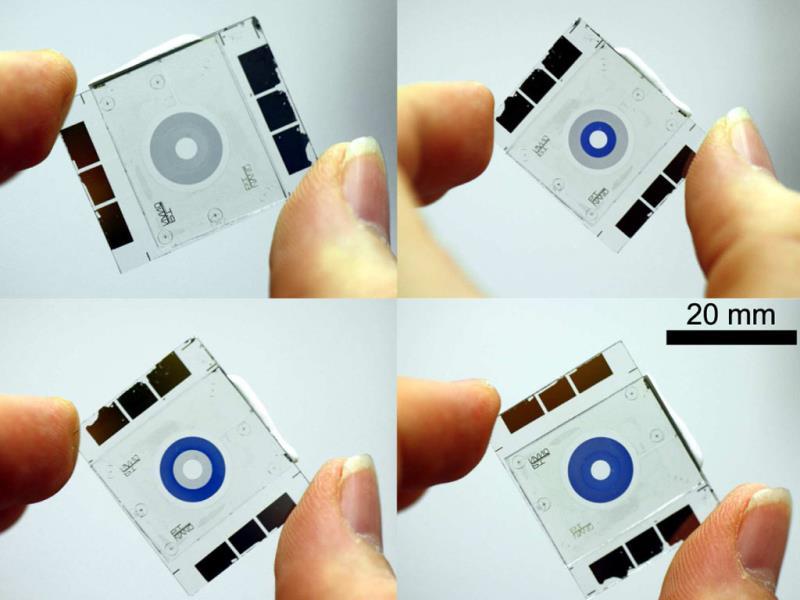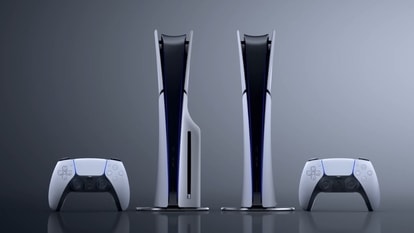Scientists create smart glass camera iris
A new breakthrough could open manufacturers' eyes to new smaller smartphone camera designs and has the potential to run rings around existing imaging technology.

A new breakthrough could open manufacturers' eyes to new smaller smartphone camera designs and has the potential to run rings around existing imaging technology.
Researchers from Germany's University of Kaiserslautern have created a smart glass 'iris' that works in the same way as the human eye and that could replace the conventional mechanical aperture in smartphone, tablet and notebook computer cameras.
All cameras, be they on a fully professional DSLR or integrated into the backplate of an affordable smartphone, have one thing in common, this mechanical aperture. Made up of layers of metal and moving parts, it opens and closes to reduce or increase the amount of light passing through the lens to the sensor in order to create the image's color intensity and its depth of field.
And as cameras get smaller and more compact, the aperture has to follow suit. But because it is mechanical, powered and has these moving parts, there is a limit to how small it can become and still function.
The researchers' breakthrough, published as a paper in the Journal of Optics this week, involves creating a chemical iris of concentric circles that become opaque or transparent to create the same effect as a traditional aperture, but rather than being mechanical and with moving parts, the circles change color when an electric current is applied. And as well as being more compact, it also uses less power than current aperture systems.
'There is currently no technological solution available that meets all the demands of integrated iris apertures in smartphones,' said lead author of the research Tobias Deutschmann. 'Many of the proposed devices require the motion of a strong absorbing material to block the path of light. Electrochromic materials, as used in this study, remain stationary whilst they change their absorption, so there is no need for any actuation. This allows for much smaller casings to fit around the devices and thus enables the integration into tiny camera systems.'
The iris is made up of layers of electrochromic polymers sandwiched between two sheets of glass. Each layer of polymer is shaped in a ring of larger or smaller circumference allowing the iris to open and close like an aperture -- i.e., more or fewer of the rings can be turned opaque to control the amount of light passing through.
In testing, the only potential issue that arose is response time. The smart glass iris is not, in its current state, able to open or close as quickly as its mechanical counterpart. However if the time lag can be addressed, the iris could prove to be one of the key elements of future smartphones and tablets as well as a host of other smart devices.
Catch all the Latest Tech News, Mobile News, Laptop News, Gaming news, Wearables News , How To News, also keep up with us on Whatsapp channel,Twitter, Facebook, Google News, and Instagram. For our latest videos, subscribe to our YouTube channel.

























